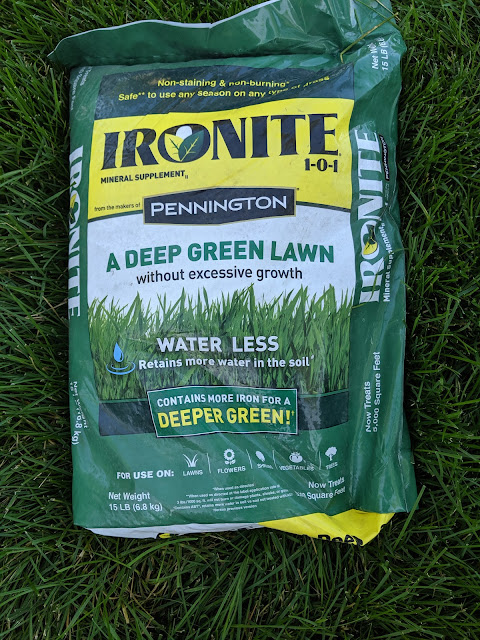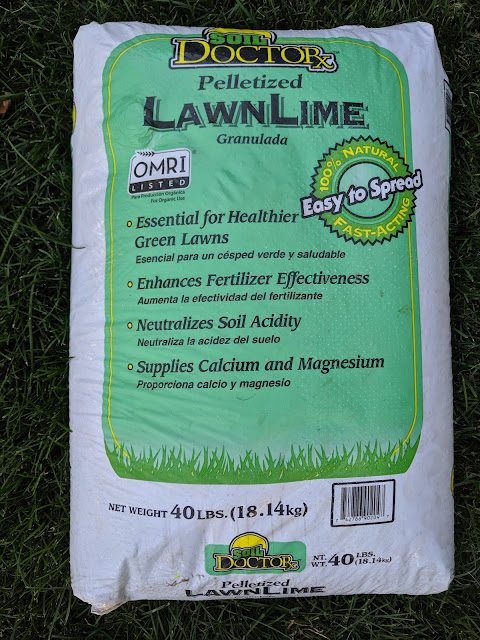Amending Garden Beds With Hardwood Ash - January 2022

Posting a couple of photos in the [ garden diary ] to start the new year to mark where I've spread out some of our hardwood ash in the beds in the backyard. The two photos below in this post show the thin layer that I've scattered on top of the snow in the south bed in the backyard from the Oakleaf Hydrangeas to the newly planted Hicks Yews . I've done this in the past (bringing out the wood ash from our fireplaces) and scattered it around the yard. In 2019, I applied a thin layer to the base of our Frans Fontaine Columnar Hormbeam trees . This year, I had a bucket-and-a-half and chose the south beds to amend the soil over there. Currently, it looks a little strange. Grey patches on top of pure white snow. But, once we get a melt/thaw then freeze cycle - or...another snowfall, I'm thinking this stuff will disappear from view. The word on the Web is mixed in regards to adding ash to the garden, yard and compost bins. It seems that in a limited way, there's no










